Shallow Water Bass Fishing: Expert’s Tips for Summer Bass
Bass are available year-round in all kinds of freshwater bodies in the United States, but as we all know, they’re not always easy to catch.
One time anglers tend to have a lot of difficulty in the summer catching bass in shallow water. So, the team at BassForecast has put together this in-depth guide to help you effectively fish the shallows during the hottest months.
Let’s get started.
Newsletter Signup
Are the Shallows Good Targets for Summer Bass Fishing?
The shallows do tend to be harder spots to fish during the summer. This, just like what has happened with winter fishing, has made a lot of anglers feel as if there’s no point in doing it.
That’s false. The shallows can be the perfect target depending on a wide variety of factors and what you’re doing in a strategic sense.
Bass might prefer to control their body temperatures and dive during the peak hours of the hottest days, but in general, they follow the prey, and they do come out very often to eat regardless of the depth.
If you can time it right, use the right gear, and use the right tactics, you can see a lot of success fishing the shallows.
The Gear to Use for Shallow Water Fishing in the Summer
If you’re an experienced angler, you’re likely going to have plenty of the items we’re about to talk about, but if you’re a beginner, this is going to be a good list for you to take with you to the tackle shop.
First up, you need a good rod. It clearly needs to be a rod that is capable of withstanding the hard fights that bass are known for, but the exact rod is going to depend on what strategy you use.
If you’re using smaller, more finesse-style lures, a light or medium rod might be appropriate, while your standard medium to heavy rod will be better for jigs, bigger baits, topwater, etc.
The lures you’re going to use for this are going to range between cover-navigating options and things that you can rip through clear sections to force a reaction.
Texas-rigged plastics are great for any time you’re working a lure through weeds and flora. The weedless hook setup allows you to slip through plant life and off hard surfaces without constantly getting snagged, and the weight of the rig at the top of the setup makes it look remarkably realistic. Another great option is a Ned-head tipped with a soft plastic worm body.
Jerks are also great for the shallows if the water is fairly clear. The quick jerking motion after a long pause triggers bass into attacking consistently, but they’re still slower to use so you’re not constantly buzzing around.
Unfortunately, you’ll want to use them in spots where you can avoid snags, and you’ll want to use one that is rated to stay within the depth of the shallows you’re fishing. It doesn’t help to buy a deep-diving jerk when you’re fishing in a few feet of water.
Football jigs are also great options. In the shallows, you can often find moss mats and thick vegetation hovering over just a few feet of water, and bass love to hide beneath all that cover. Punching through it with a heavy football and bouncing it on the bottom a bit is a great way to force a big bass to strike aggressively.
A similar approach can work well with soft plastic frogs. Not the topwater lures that you’re likely thinking of. The muck baits are designed to punch through moss or work their way between thick blades of grass to swim around a bit before you pull them back up to the top. This presents the lure like a tasty frog in the most natural way possible, and bass love it.
Of course, in the open, you can also use swimbaits effectively if you can match the hatch and fish around feeding time.
Tips for Fishing in the Shallows
Now that you’re kitted out and ready to start fishing, it’s time to move on to the tips section.
Since bass normally try to stick to deeper water during the hottest months, you do need to change your approach, and a bit of patience might be required to perfect the art of fishing in a more complicated set of conditions.
However, if you stick with it, you’ll be catching big summer bass in the shallows in no time.
1: Stay Patient and Focus on Fishing as Perfectly as Possible
The first tip is very simple, but it can also be the hardest thing to follow through on. It is a bit harder to fish in the shallows. There are bass there, but there aren’t as many. You must accept that you might go a while without a single bite, and you certainly won’t get the same results you’d get under the best conditions possible. You can’t stress out.
This is because every mistake you make will only make the rest of your day harder. Think of it like this. If there are ten fish in the shallows along 500 feet of bank, and you get frustrated, scare one off with a poorly executed strategy, and don’t get anything out of it, there are now 9 left for you to potentially catch.
Those are low numbers just for an example, but it’s true. The more you mess up and turn fish off, the harder the trip gets, and the fewer you’ll catch. Stay calm, focus on your technique, and just enjoy the experience.
2: Fish Around Cover
The best spots to fish will be heavily covered. It’s hot out, the shallows are considerably hotter than the depths, and the bass that find themselves in the shallows are trying desperately to maintain their temperature and effectively hunt. That doesn’t mean it’s impossible to catch them in clear shallow water with no cover, but it is harder.
The best cover is going to include moss mats, thick weeds, branch piles, piers, and similar features that provide lots of protection from direct sunlight. Not only is the water several degrees cooler on average, but that cover also functions as the perfect ambush position.
This is why most of our lure recommendations are weedless, too. If you try to use a lot of the lures you’d use in deeper water with less plant life, you’ll spend a lot of time picking garbage off your lures.
A trick you can use along with plant-based cover is to get under it. Especially mats and really thick weeds. The bass are under there, and when a heavy jig or a frog plunges through it and looks trapped, the bass strike.
Of course, with some types of cover, such as log piles, stumps, and similar items, you might want to stick to buzzing your lure around the perimeter instead of actually getting into the thick of it.
3: Make Sure Deep Water is Nearby
While bass do come into the shallows, you have to consider the fact that they’re typically in the deeper portions of the lake most of the time. The bass that you will find in the shallows are usually out to eat or have been driven into the shallows for another reason.
When bass do come out for those reasons, they typically don’t want to stray very far from home. They want to get out, find a shallow spot that suits their purpose, and go back to the deeper part of the column as soon as they can with minimal travel time.
Because of that, you need to pick a shallow location that is relatively close to a deeper part of the lake. If you are trying to fish in a shallow flat that goes on for a long distance before ever getting near deep water, you probably won’t catch any bass.
There are multiple ways to figure out where the deeper water is. If you’re familiar with the spot, you can probably do it on your own, but you can also use sonar, and our Bass Forecast app has depth markings on all our available maps. The easiest way is to use the app and figure out where you need to be ahead of time.
4: Time Your Attempt
Your timing is going to have a lot to do with your success, as well. Typically, the best time to hit the water is going to be when the sun is lower in the sky. The water is still warm, but it’s not so hot that the bass are desperate to get into the deeper part of the lake. The bait fish are doing the same thing. So, this will usually line up with our tip to look for bait fish.
Of course, if there are showers predicted for a given time, getting to the spot before or after those rain showers is a good idea, too. Essentially, if there’s going to be a temperature change on a very hot day, you can reliably find bass hunting in the shallows.
5: Prioritize Isolated Cover
Cover is a primary target in general, but if you can find an isolated piece of cover, you’re in for a treat.
Isolated cover is any type of cover that is surrounded by open water. An old pier support in the middle of a clear section, a drifting moss mat that broke off from the rest of the moss, a stilt building, etc.
The reason the isolated cover is so great is that there aren’t any other options around for the bass to hide in. If a bass wants to hide in that general area, there’s only one spot. That greatly reduces the need for you to move around scouring an entire area.
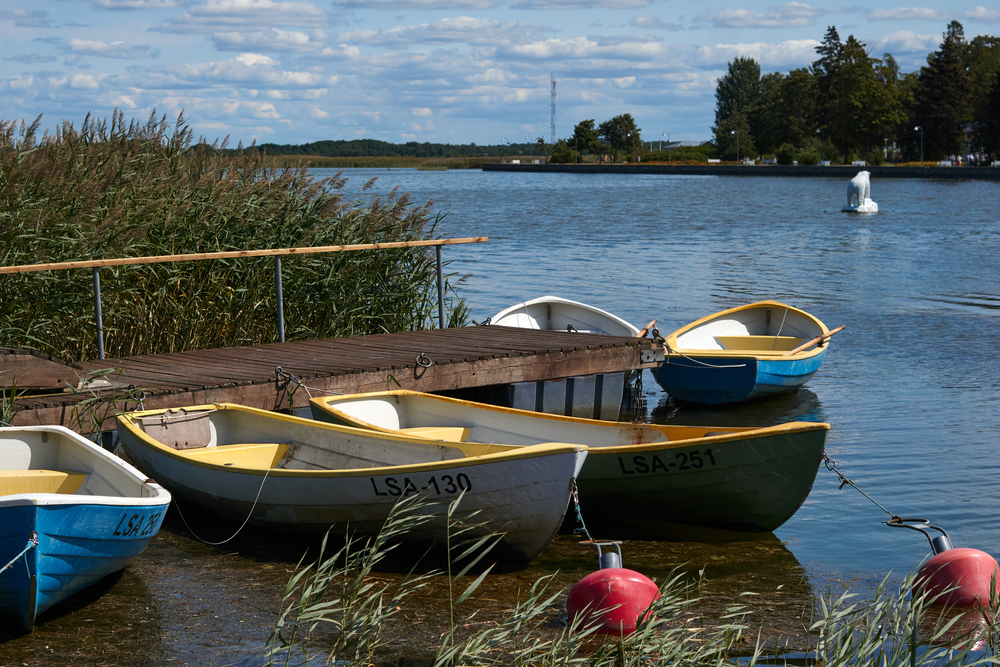
This doesn’t always work, but it’s always worth spending 10 or 15 minutes really picking such a spot apart. If you don’t find anything, you’ll spend plenty of time checking a larger spot, anyway.
6: Mimic Gizzard Shad When They’re Around
One thing that drags bass out of the deep part of the lake regardless of the heat is the presence of gizzard shad. Gizzard shad are a delicacy for bass, and they tend to gather in huge schools throughout the summer. If you spot any, or you know the area well enough to know when they’re around, immediately switch to a lure that mimics them well.
Even if you’re not getting any other bites, this can turn your dud of a fishing trip into a success within a matter of minutes. Of course, where you’re fishing, your ability to present the lure properly, and whether the bass are feeding are all still factors that can impact your success.
Have Fun and Enjoy a Quieter Fishing Experience
If you try all these tips on your next summer fishing trip, you should be able to pull some nice bass out of the shallows, but there’s another reason to enjoy fishing the shallows in the summer.
Remember how we said most people think they have to go deep to catch bass in hot conditions? Well, that means you won’t have to mess with a bunch of other anglers, and you can just enjoy the experience in peace and quiet.
And, of course, before heading out download the BassForecast fishing app, America’s #1 fishing companion.

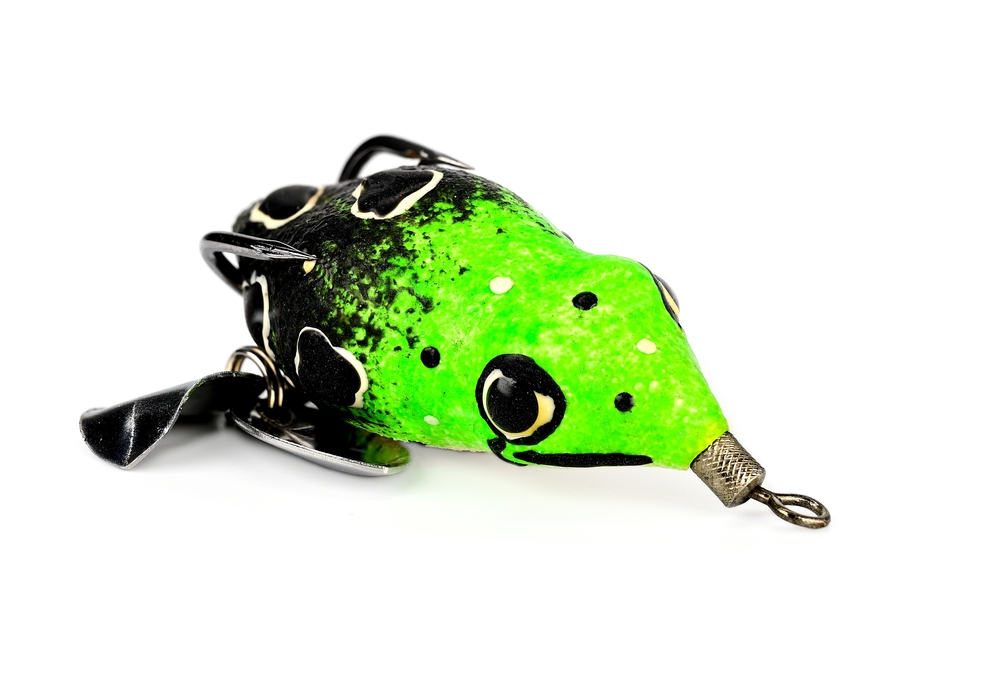


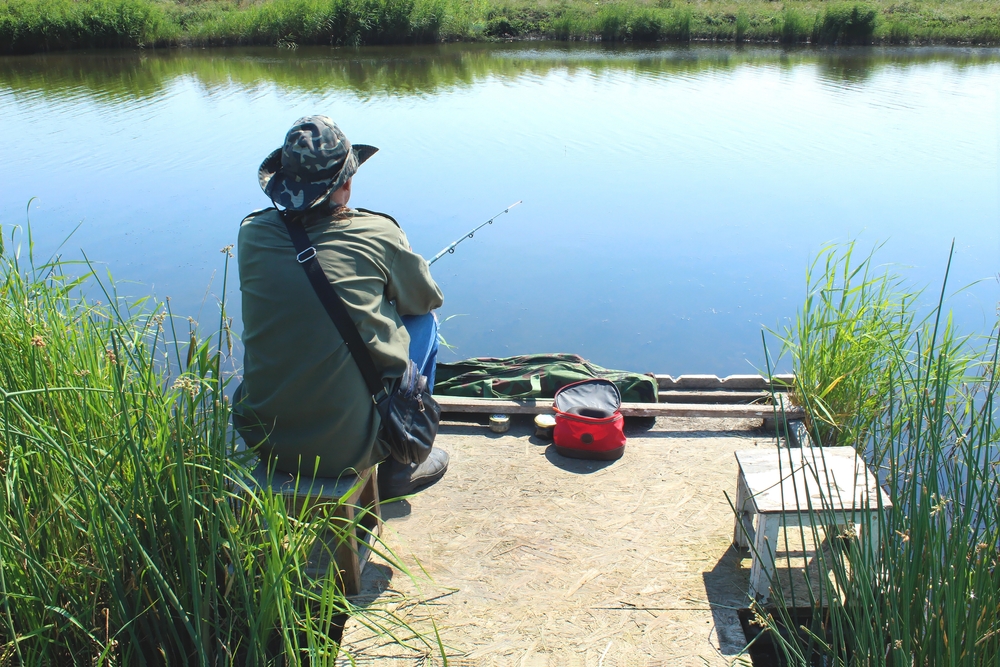

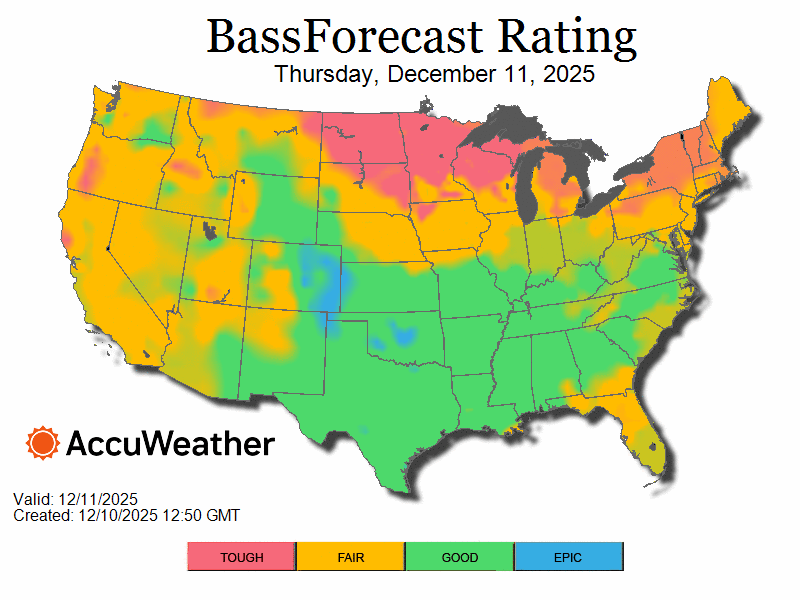
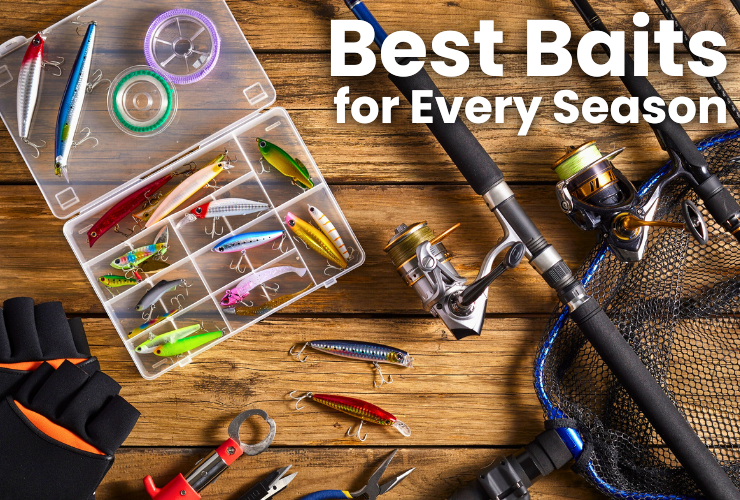

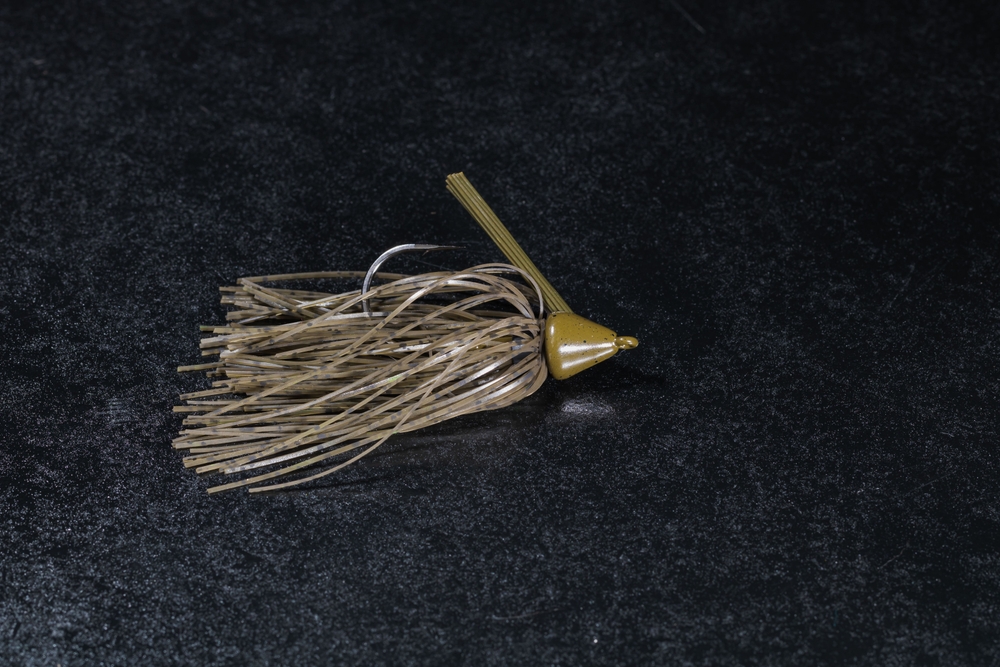


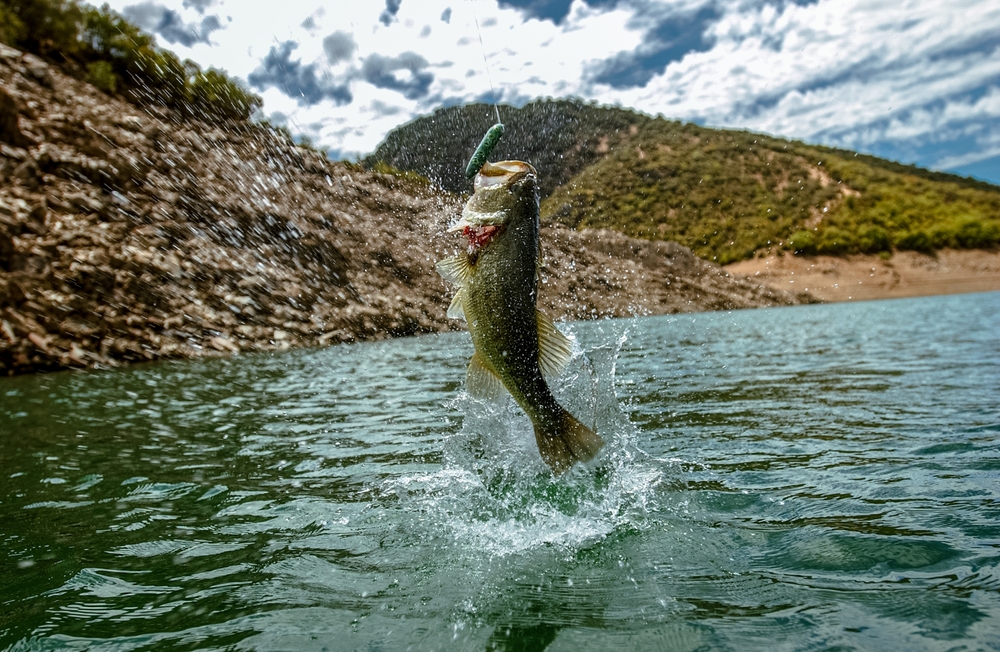
.png)
.png)